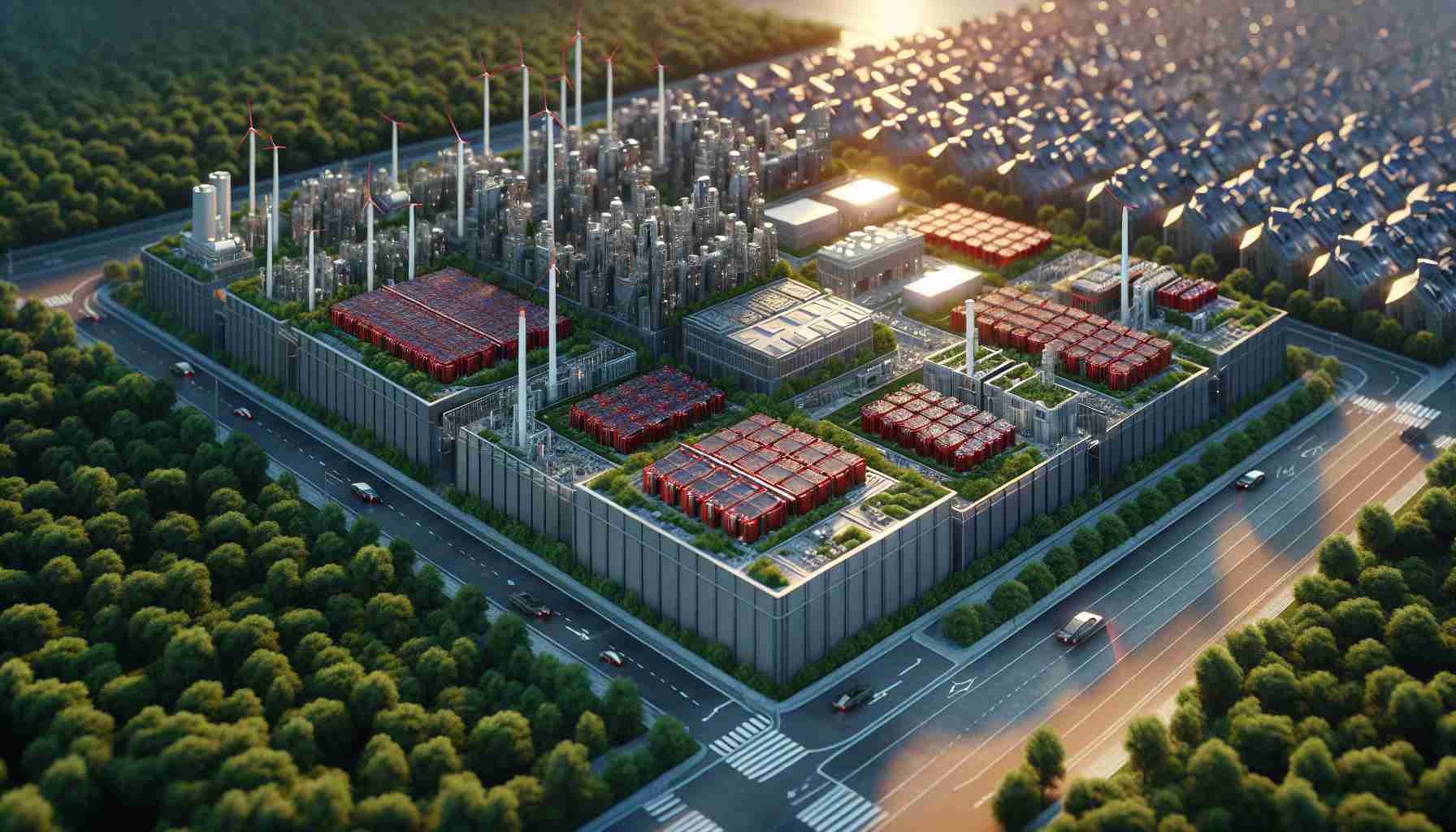Australian flow battery manufacturer Redflow announced this week that its zinc-bromine battery technology has been recognized as the preferred solution for a California energy project aimed at enhancing the resilience of the power grid.
While the final decision on the project is yet to be made, this would be Redflow’s fourth order to supply multi-megawatt-hour batteries to the California Energy Commission (CEC), which is actively seeking alternative energy storage solutions to lithium-ion batteries.
Redflow, which has developed a long-duration zinc-bromine battery for commercial, industrial, and utility applications, continues to expand its presence in the global energy storage market.
Flow batteries, a type of electrochemical energy storage, use liquid-based chemical components to store electrical energy. Redflow’s zinc-bromine batteries are considered one of the smallest, safest, most scalable, and sustainable energy storage solutions in the world.
Specifically, Redflow’s zinc-bromine battery utilizes cost-effective and readily available materials that are also safe in the event of a fire and environmentally friendly, making it a more sustainable alternative to many traditional battery technologies that rely on expensive and rare materials.
On Tuesday, Redflow announced that its zinc-bromine battery energy storage technology was listed as the preferred energy storage solution for a new energy project recommended for grant negotiations by the California Energy Commission (CEC).
The project, developed by the Baron Band of Mission Indians, a sovereign Native American tribe, aims to provide reliable, flexible, and sustainable clean energy for the tribe.
The $20.1 million project was collaboratively developed with various groups, including Redflow, and was the highest-rated proposal out of twelve submissions after a competitive bidding process. Following evaluation by the CEC, the project is one of three recommended for funding, for which the CEC may award a grant of $13.8 million.
The grant terms will now be negotiated with the CEC, and it is anticipated that work will proceed later this year, with project deployment planned for 2025 or 2026.
“After completing the grant awarding process, this would be Redflow’s fourth multi-megawatt-hour project in California with CEC as a funding partner,” said Tim Harris, CEO and Managing Director of Redflow.
If successful, Harris added, “It would once again demonstrate that Redflow’s technology is flexible, enabling battery degradation up to 100% without impacting the capacity or lifespan of the BESS system, and allowing for the hibernation of megawatt-hour-scale batteries to deliver stable clean energy, aligning with California’s decarbonization goals.”
In mid-2023, Redflow was selected as the battery provider for a 5MW solar microgrid that will supply power to the Paskenta Band of Nomlaki Indians. The 20MWh energy storage system was approved by the CEC.
A few months later, Redflow received another order to supply a flow battery for the Valley Children’s Hospital in Madera, also receiving support from the CEC.
FAQ: Redflow’s Zinc-Bromine Battery Technology in the California Project
1. What did Australian flow battery manufacturer Redflow announce?
Redflow announced that its zinc-bromine battery technology has been recognized as the preferred solution in a California project focused on enhancing the power grid.
2. What are the benefits of using Redflow’s zinc-bromine batteries?
Redflow’s zinc-bromine batteries are considered one of the smallest, safest, most scalable, and sustainable energy storage solutions in the world. They utilize cost-effective and readily available materials that are also safe and environmentally friendly.
3. How does flow battery technology work?
Flow batteries use liquid-based chemical components to store electrical energy. In the case of Redflow’s zinc-bromine batteries, zinc and bromine are used as the primary components.
4. Who recommended the energy project involving Redflow?
The project was recommended by the California Energy Commission (CEC) for grant negotiations. The project is being developed by the Baron Band of Mission Indians, aiming to provide clean energy to the tribe.
5. What are the plans for project deployment?
The grant terms will be negotiated with the CEC, and work is expected to proceed later this year, with project deployment planned for 2025 or 2026.
6. Has Redflow been involved in other projects in California before?
Yes, if the project materializes, it would be Redflow’s fourth project in California with funding partnership from the CEC. Redflow has previously supplied batteries for other projects such as the microgrid for the Paskenta Band of Nomlaki Indians and the Valley Children’s Hospital in Madera.
7. How does Redflow’s technology contribute to California’s decarbonization goals?
Redflow’s technology enables stable operation of clean energy and battery degradation without affecting the capacity or lifespan of the BESS system. It aligns with California’s decarbonization goals.
8. Are there any upcoming projects related to Redflow?
The article does not mention any other upcoming projects related to Redflow.
Definitions:
– Zinc-Bromine Batteries: Flow batteries that utilize zinc and bromine as chemical components.
– California Energy Commission (CEC): The commission responsible for the development and regulation of energy systems in the state of California.
– Energy Storage: The process of storing electrical energy for later use.
– Expansion in the Energy Storage Market: Redflow’s efforts to grow its presence and activities in the global energy storage market.
Suggested links:
– Redflow
– California Energy Commission (CEC)
The source of the article is from the blog macnifico.pt
